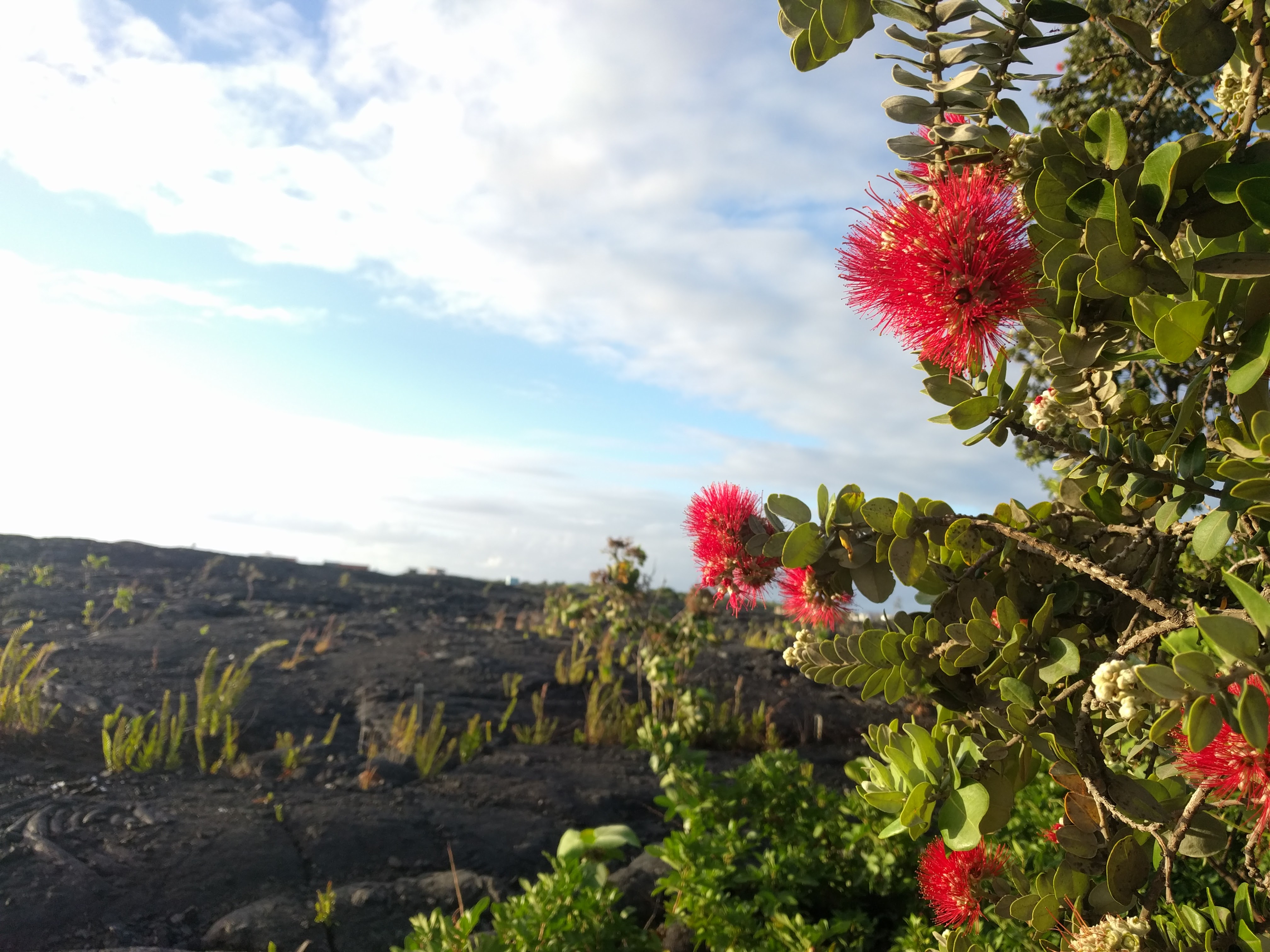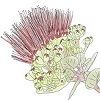1.1: Why are plants important?
- Page ID
- 59214
Plants are a common sight in our daily lives, the grass in the park, the flowers in our neighborhood, the shade trees in the streets, the palm trees on the beach, the green on the mountains, or even the leaves on our salad. However, we usually do not stop to think about the crucial role of plants in our ecosystems, their importance in our lives, or the basics of how they function.
For starters, plants provide us with food and oxygen. They belong to a group of organisms that can produce their own food (autotrophs) through a process called photosynthesis, and since they also produce the food for most animals, including humans, they are the basis (producers) for all terrestrial ecosystems (Figure \(\PageIndex{1}\)). Besides food (in the form of sugars), photosynthesis also produces oxygen, which is required for all animals, fungi, and most bacteria to survive.

As the producers in terrestrial ecosystems, plants are found on all of the continents of Earth, in all types of ecosystems, like forests, deserts, and savannas. They provide not only food for animals but also shelter and nesting materials, among other things. Over millions of years of evolution, plants and other organisms, like insects, have created relationships that make them indispensable for each other's survival (Figure \(\PageIndex{2}\)). Just think about bees and flowers, you cannot remove either from the equation without having dire consequences on the ecosystem. In the case of Hawai‘i, these relationships are truly unique, given that the Hawaiian archipelago is one of the most isolated places on Earth. With over 47 million years of evolution in isolation from people and large terrestrial mammals, Hawaiian plants and animals have forged unique relationships, creating a delicate balance in the Hawaiian ecosystems. The majority of native Hawaiian plants are unique and cannot be found anywhere else on Earth. Hawaiʻi’s climate and landscape play an important role in the diversity of native plants that can be found here. For example, 90% of native plants are endemic and therefore can only be found in Hawai‘i.

Not only do we need plants for food and oxygen, but our lives are intertwined with plants. We use plants for a variety of things: raw materials for paper, building materials, solvents and adhesives, fabrics, medicines, biofuels (i.e. biodiesels and ethanol), and many other products. Plants also play a crucial role in most cultures. If you think of a wedding or graduation, very likely plants are involved. Ceremonial uses of plants can be found in most cultures around the world.
Hawai‘i is a special place due to people’s cultural connection to plants. Once humans arrived in the islands, many new plant species were introduced eventually creating the collection of plants we find in Hawai‘i today. The strong connection of Native Hawaiians to plants can be seen in hula, medicine, and agriculture (Abbott, 1992; Lincoln and Vitousek, 2017; Figure \(\PageIndex{3}\)). It can also be seen in the inclusion of kalo as an intrinsic part of their genealogy. As Kalei Laimana articulated “the strongest evidence that Hawaiians sought to solidify their connection to plants occurred when they included the kalo plant into their genealogy as a Kaikuaʻana (elder sibling) to the Hawaiian people. No other plant has ever been given such a place of honor and reverence. Such familial relationships set up the proper relationship of respect and endearment for future generations” (pers. communication).


